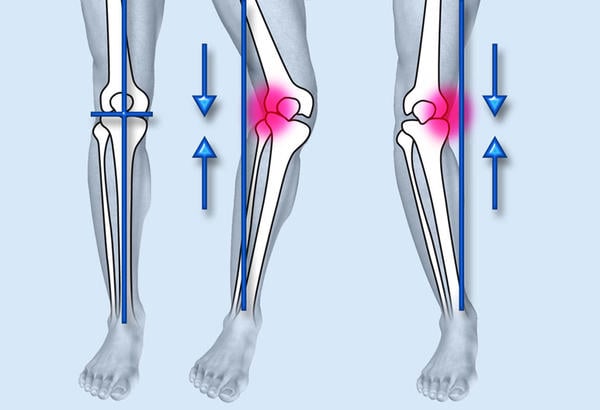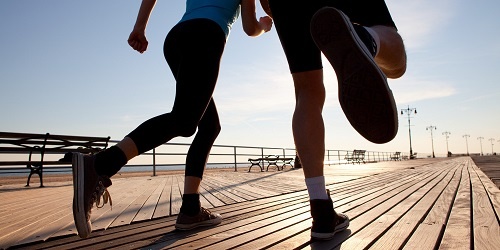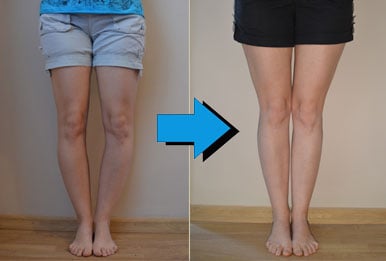Everything You Need To Know About Bowleg Correction

In a chubby toddler just starting to walk, bowlegs are cute and a normal part of childhood development. In adolescents and adults, bow legs may be functional, but they can cause hip and knee pain and lead to early arthritis.
Bowleg correction surgery by an orthopedic surgeon can help that problem.
All about Bow Legs
Genu varum is the medical term for bowlegs. As the name implies, people with bowlegs have curved legs that look bow-shaped. The condition may result from genetic problems, vitamin and mineral deficiencies, or poor nutrition. Once children begin to walk regularly, the condition usually disappears. Bowlegs usually correct themselves by the age of two or three. Occasionally, however, bowlegs remain in older children, adolescents, and adults. For children, braces may help treat the problem. In older adolescents and adults, surgery is usually required.
How the Surgery Works
Healthy adolescents aged 16 and older and healthy adults up to the age of 60 are good candidates for bow leg correction surgery. Younger adolescents are still growing fast, so it's better to wait to prevent possible complications. Bowleg correction must be performed by an orthopedic surgeon who has special training in the procedure.
The surgeon makes a small incision through the skin and a partial cut in the bone. After the leg has been straightened, the orthopedic surgeon applies an internal rod or an external device called an external fixator. The external fixator is like a scaffold outside of the leg. It helps straighten and support the leg through the healing process.
Recovery and Healing
Bowleg correction surgery takes about an hour in the operating room. Most patients spend the night in the hospital and go home the next morning. A cast is not necessary and patients are encouraged to walk and put weight on the leg almost immediately. Most people are able to walk without crutches and have little or no pain.
Some patients with bowlegs report pain in the knee that typically disappears after surgery. As a bonus, patients often gain about one-half an inch in height. Full healing takes about two months, although the frames may be removed earlier if X-rays show the bone is solid enough.
Exercise Makes a Difference
Physical activity is encouraged during the healing process. People who are most active and fully participate in the rehabilitation process generally heal more quickly and have the best results.

Swimming and walking are good exercise choices. Scarring is minimal, as the incisions are small and typically fade with time. As the legs gradually straighten, the muscles strengthen and any remaining pain in hips and knees usually disappears.
Dr. Shahab Mahboubian is a doctor of osteopathy and orthopedic surgeon who trained at the world-renowned Hospital for Special Surgery in New York. He has extensive experience in bowleg correction surgery as well as other orthopedic procedures. Our patients love his compassion, skill and bedside manner. Contact us at Height Lengthening for a consultation. We have answers to your questions about bow leg correction surgery or any other orthopedic issues.



